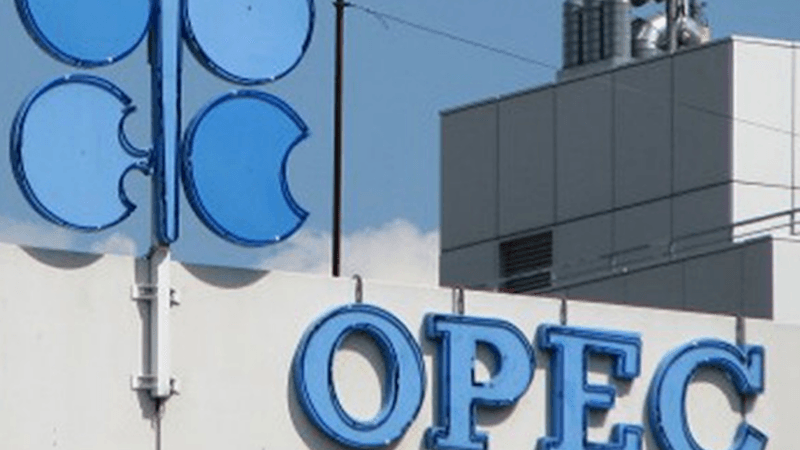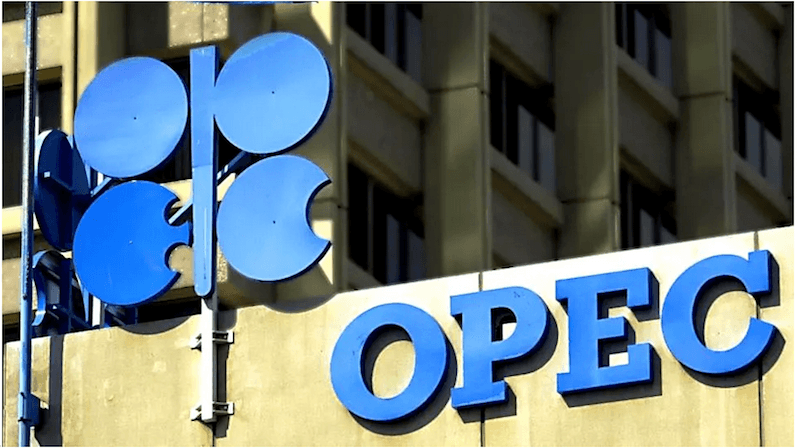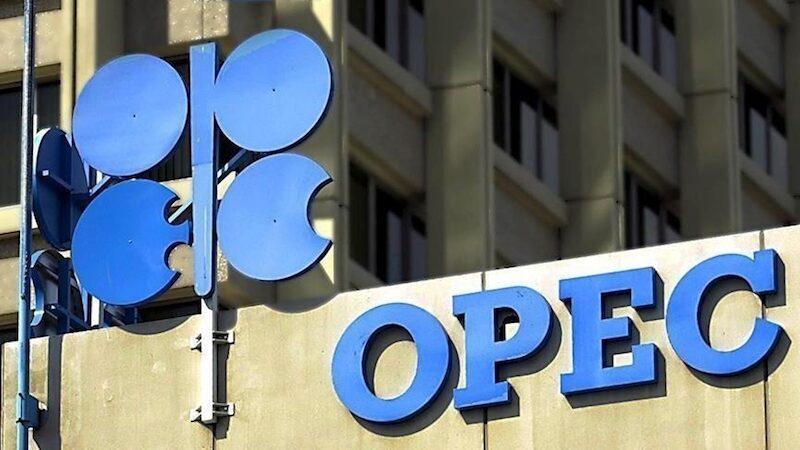Emmanuel Addeh in Abuja
A survey of oil production for the month of March carried out by S&P Global Commodity Insights, has found that Nigeria’s crude oil production declined marginally to 1.45 million barrels per day from the 1.47 million bpd the previous month.
Although, output has generally increased this year, Nigeria’s Organisation of Petroleum Exporting Countries (OPEC) production figures have been largely inconsistent.
Nigeria blames massive oil theft, declining investment in the oil and gas sector , outright sabotage, among others, as reasons for its inability to meet its current revised 1.5 million bpd output, from 1.8 million bpd in 2023.
According to the S&P survey, the fall from 1.47 million bpd to 1.45 million bpd represented about 0.02 per cent decline.
But in all, OPEC+ crude output in March was up slightly month on month, as several producers continued to exceed their quotas, the Platts OPEC+ survey by S&P Global Commodity Insights hinted.
Overall, the group produced 41.25 million bpd of crude in March, up 40,000 bpd on February levels despite efforts made by Saudi Arabia to enforce compliance.
This included an 80,000 bpd increase in OPEC production to 26.66 million bpd, offset by a drop in output by its allies of 40,000 bpd. March was the third month of the group’s latest voluntary production cuts, which were supposed to take approximately 700,000 bpd off the market in the first quarter of 2024.
The additional OPEC+ production has come ahead of crude prices breaking above the $90/barrel level.
S&P Global Commodity Insights also forecast that by late 2024 and into early 2025, strong oil supply gains in non-OPEC+ countries and decelerating demand growth will lead to weaker fundamentals.
Several countries, it said, produced above target in March, including Iraq and Kazakhstan, which have said that they would compensate for overproduction in early 2024.
The survey showed that OPEC+ countries implementing cuts produced 165,000 bpd above quota in March, representing a compliance rate of 97.9 per cent, driven primarily by OPEC members rather than their Russia-led allies.
The alliance also produced above target in January and February, with compliance rates of 96.5 per cent and 97.8 per cent respectively.
Compliance is already emerging as a source of contention within the group. Most recently overproducers were forced to agree to submit detailed compensation plans by April 30, OPEC said in a statement released after the last meeting of the Joint Ministerial Monitoring Committee (JMCC) overseeing the alliance’s output.
The nine OPEC nations subject to quotas produced 320,000 bpd over their targets in March, including excess output of 280,000 bpd in Iraq, 40,000 bpd in the UAE and 50,000 bpd in Gabon.
Meanwhile non-OPEC countries produced 165,000 bpd below their collective quota, even with excess output in Kazakhstan of 92,000 bpd.
OPEC+ plans to continue with its current policy of aggressive cuts until at least the end of the first half of 2024. Producers with voluntary cuts announced March 3 plans to extend them until the end of June.
Fears over a military confrontation between Israel and Iran, as well as recent attacks on Russian oil refineries by Ukraine, have supported crude prices in recent days, hitting the $90 mark.
Nigeria’s upstream regulator, the Nigerian Upstream Petroleum Regulatory Commission (NUPRC) and OPEC had yet to release the March production figures for the country as of Wednesday.




